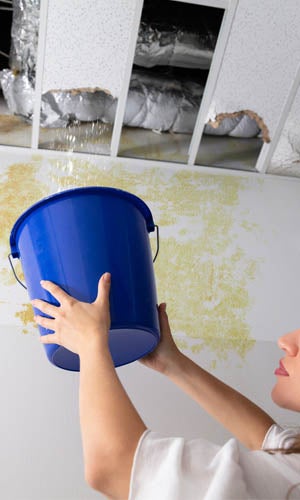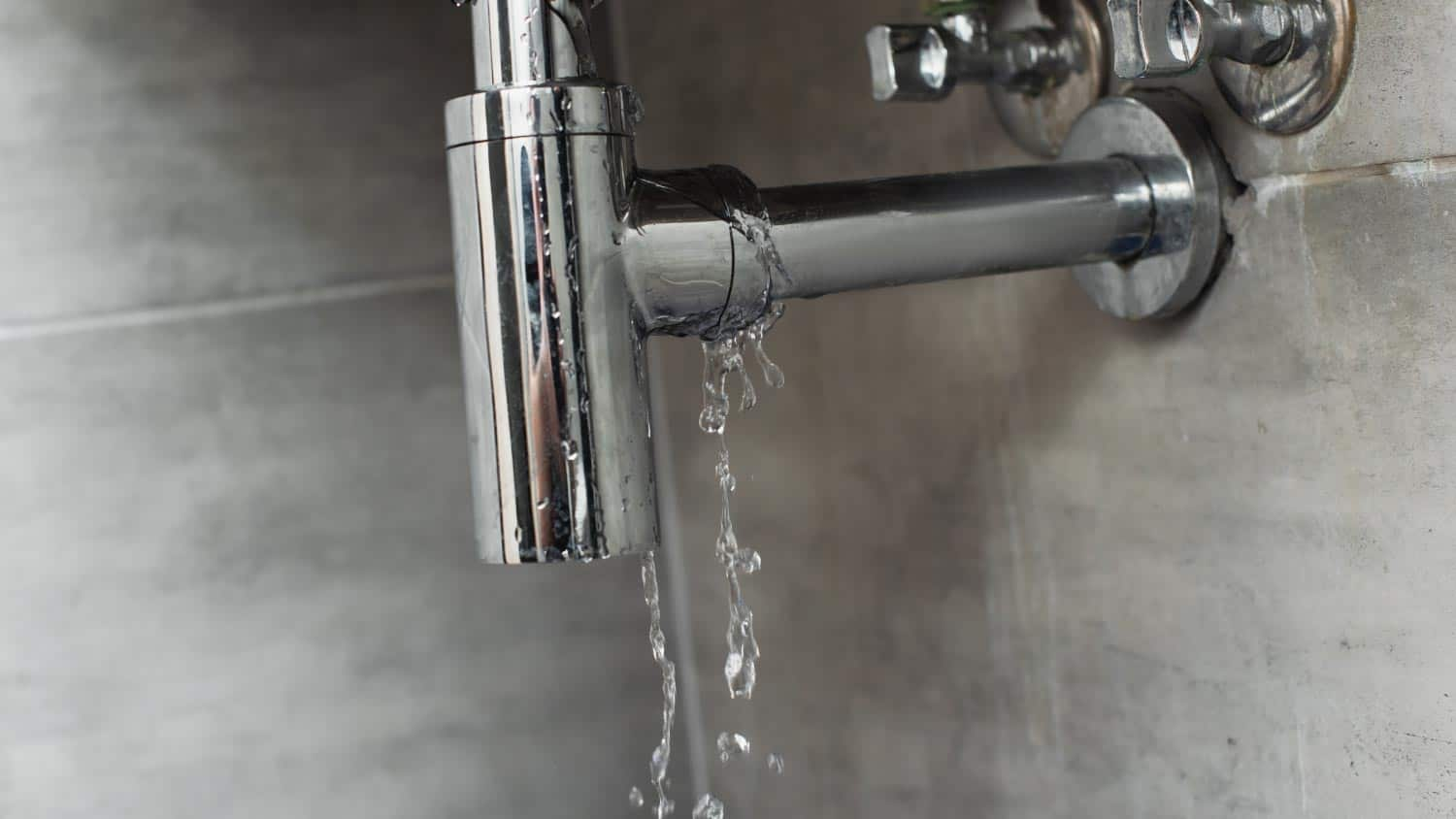Exactly how to Inspect If Your House Has a Concealed Leakage
Exactly how to Inspect If Your House Has a Concealed Leakage
Blog Article
What're your concepts on Finding hidden leaks?

Early discovery of dripping water lines can mitigate a prospective catastrophe. Some tiny water leakages may not be noticeable.
1. Check Out the Water Meter
Every home has a water meter. Inspecting it is a surefire manner in which helps you discover leakages. For beginners, shut off all the water resources. Make sure nobody will flush, make use of the faucet, shower, run the cleaning machine or dish washer. From there, go to the meter and watch if it will certainly change. Because nobody is utilizing it, there need to be no movements. That indicates a fast-moving leak if it moves. If you spot no changes, wait an hour or two and also inspect back once again. This implies you may have a slow-moving leakage that might also be below ground.
2. Check Water Usage
If you spot unexpected adjustments, regardless of your intake being the same, it implies that you have leaks in your plumbing system. An unexpected spike in your expense suggests a fast-moving leak.
A steady boost every month, also with the exact same routines, shows you have a slow leakage that's additionally gradually escalating. Call a plumber to thoroughly inspect your building, particularly if you really feel a warm location on your floor with piping below.
3. Do a Food Coloring Examination
30% comes from bathrooms when it comes to water intake. Test to see if they are running effectively. Decrease specks of food shade in the container and also wait 10 minutes. There's a leakage between the container as well as bowl if the color in some way infiltrates your dish throughout that time without flushing.
4. Asses Exterior Lines
Don't neglect to check your outside water lines as well. Test faucets by connecting a yard hose. Must water seep out of the connection, you have a loosened rubber gasket. Replace this and also ensure all links are limited. If you have actually got a sprinkler system, it will certainly assist get it skillfully examined as well as maintained annually. One tiny leakage can waste tons of water and spike your water expense.
5. Examine the scenario as well as inspect
House owners ought to make it a practice to inspect under the sink counters and also also inside cupboards for any type of bad odor or mold and mildew growth. These 2 red flags indicate a leakage so timely interest is needed. Doing regular inspections, even bi-annually, can conserve you from a major issue.
If you know your residence is currently old, maintain a careful eye on your heating systems, pipes, pipes and so on. Check for stainings and also weakening as a lot of appliances and also pipelines have a life expectancy. They will also normally deteriorate as a result of tear and also use. If you believe dripping water lines in your plumbing system, do not wait for it to escalate. Call a professional plumber right now so you don't end up with an awful mess in your home.
Early detection of leaking water lines can alleviate a prospective catastrophe. Some little water leaks may not be noticeable. Checking it is a surefire method that aids you find leakages. One little leakage can waste bunches of water and increase your water expense.
If you presume dripping water lines in your plumbing system, do not wait for it to escalate.
WARNING SIGNS OF WATER LEAKAGE BEHIND THE WALL
PERSISTENT MUSTY ODORS
As water slowly drips from a leaky pipe inside the wall, flooring and sheetrock stay damp and develop an odor similar to wet cardboard. It generates a musty smell that can help you find hidden leaks.
MOLD IN UNUSUAL AREAS
Mold usually grows in wet areas like kitchens, baths and laundry rooms. If you spot the stuff on walls or baseboards in other rooms of the house, it’s a good indicator of undetected water leaks.
STAINS THAT GROW
When mold thrives around a leaky pipe, it sometimes takes hold on the inside surface of the affected wall. A growing stain on otherwise clean sheetrock is often your sign of a hidden plumbing problem.
PEELING OR BUBBLING WALLPAPER / PAINT
This clue is easy to miss in rooms that don’t get much use. When you see wallpaper separating along seams or paint bubbling or flaking off the wall, blame sheetrock that stays wet because of an undetected leak.
BUCKLED CEILINGS AND STAINED FLOORS
If ceilings or floors in bathrooms, kitchens or laundry areas develop structural problems, don’t rule out constant damp inside the walls. Wet sheetrock can affect adjacent framing, flooring and ceilings.
https://www.servicemasterbyzaba.com/blog/how-to-detect-water-leakage-in-walls/

I recently found that review on Locating water leaks when looking around the web. Do you know about someone else who is interested by the subject? Please feel free to share it. Bless you for your time. Visit us again soon.
Report this page